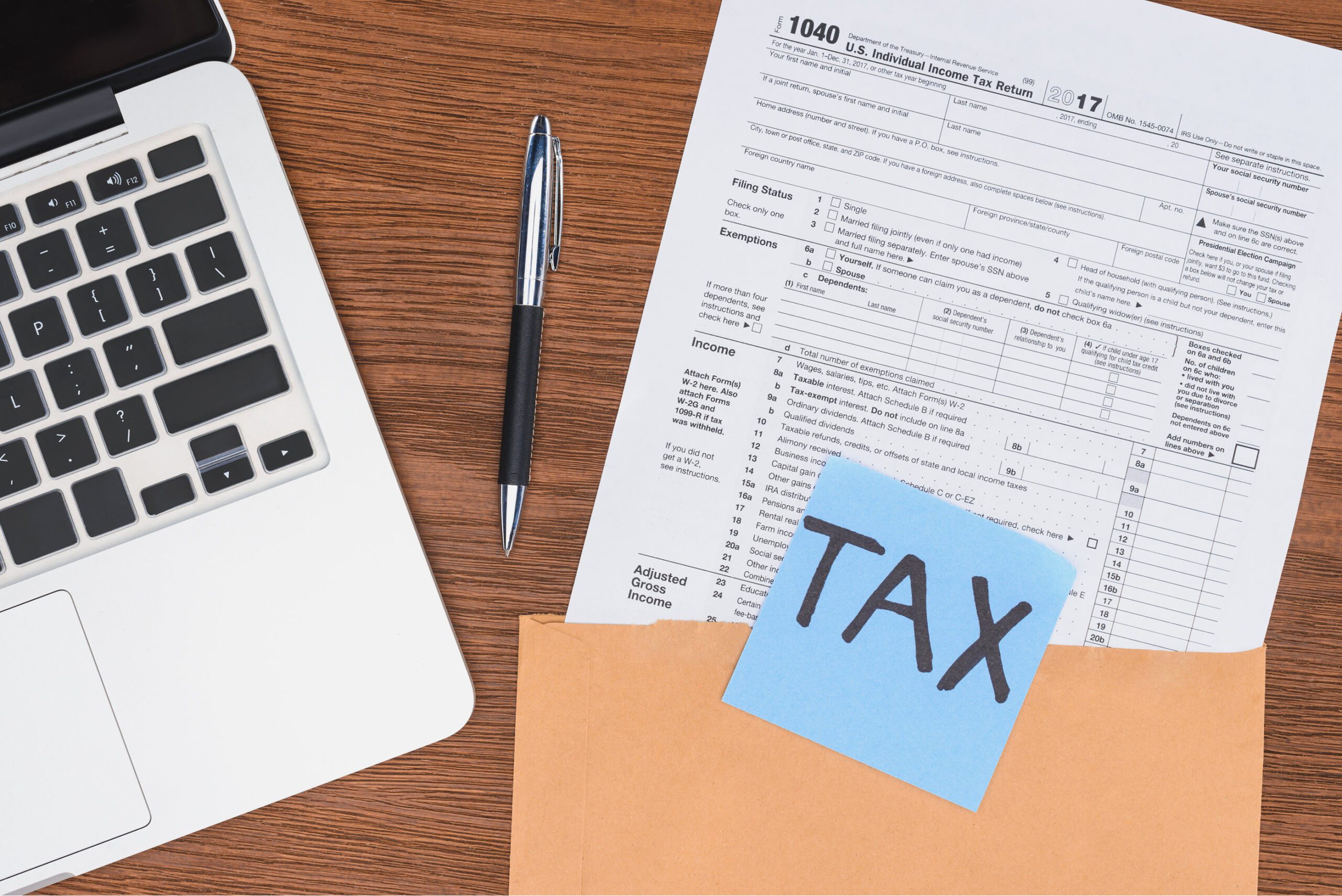(This article has been updated to reflect the passage of the Inflation Reduction Act in August of 2022.)
For many, getting solar on their house makes a lot of financial sense.
With electric bills rising and the cost of solar falling, homeowners break even on the cost of installing solar in about 7 to 8 years, on average. After that, the amount you’ll save compared to using the electric company will just continue to pile up.
What makes now an even better time to go solar is the tax credits that are available. There are tax credits available at the federal level (made even better with the passage of the Inflation Reduction Act by Congress in 2022) for those who get solar panels. Some states also have tax rebates and/or incentives that sweeten the deal even more.
So how does the solar tax credit work? How much is it? How do you claim it?
These are all important questions to know and you’ll find the answers to these questions and more below.
How Much Is the Tax Credit?
Let’s start out by talking about how much the solar tax credit is and how much you can save with it.
The Inflation Reduction Act of 2022 has a great tax credit for those looking to get solar panels. The previous tax credit was 26% and was set to go away completely in 2024.
However, the Inflation Reduction Act raises the tax credit amount from 26% to 30% and extends it for about a decade.
With a 30% tax credit, that means that on an installation that costs $10,000 you can get a tax credit of $3,000.
And, if you installed solar panels on your home in 2022 before the bill officially was signed into law, there’s no need to worry. The 30% tax credit will retroactively apply to anyone who installed solar panels in 2022.
States With Solar Tax Credits
Most states (and sometimes even cities) have some sort of tax credit, rebates or incentive program for solar. You can get these credits on top of the federal credit that’s available.
There are too many states and incentives/credits in each state to list here. To check out a complete database of the state incentives that are available, check out this resource.
How Does the Solar Tax Credit Work?
First important thing to know is that the credit is only available for those who buy/own their panels. If you lease your solar, you are not eligible for the credit.
You are eligible for the credit for the year that your solar project begins construction. Also, if you buy a new home that has a solar panel system on it, you are eligible for the credit the year you move into the home.
The credit is a dollar-for-dollar reduction on your income taxes. So what you’ll do is deduct 30% of the cost of your solar installation from your federal taxes.
If you’ve already paid your taxes through paycheck withholdings, then your tax credit will be applied to your tax refund. And if you don’t owe enough in taxes to get the entire credit, you can roll over the remaining credit amount to future years (so long as the credit is still in effect).
Lastly, the 30% credit applies to the cost of the panels AND equipment (ie. inverters, wiring, labor costs, sales taxes, and even battery backup systems).
How To Claim The Solar Tax Credit
To claim the tax credit, you’ll need to submit IRS Form 5695 with your taxes. Also, be sure to save all the receipts you get from your solar installation.
Can You Claim the Solar Tax Credit Twice?
Depends. If you own more than one home with solar, you may be able to get a tax credit for the solar equipment on each home.
Also, if you upgrade your existing solar installation, you are eligible to get a tax credit for any new equipment you buy. However, you will not be able to get a credit on any of the costs of the original installation again.
Now you know the answer to the question “how does the solar tax credit work?” We’ll update this article if/when new laws regarding the credit are passed.





